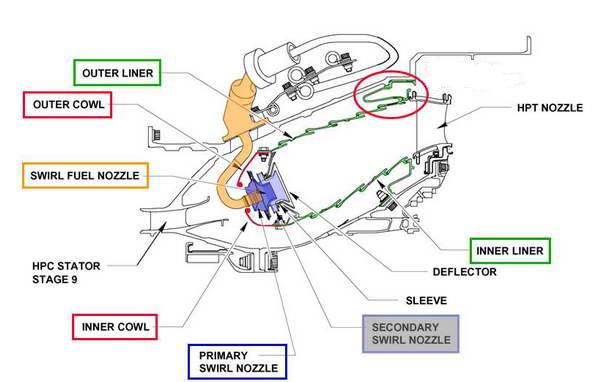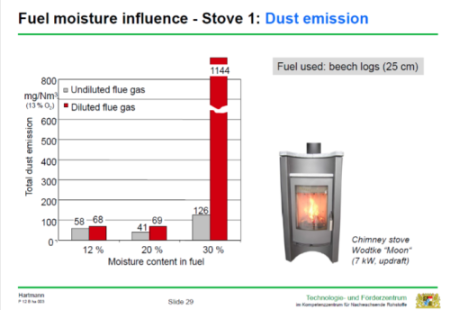
Its thermal properties and fire behavior differ from the ones of natural wood and timber, which warrants the separate investigation of fiberboard.

It is manufactured by binding wood fibers with wax or resin under high temperature and pressure conditions These results further support previous findings that a single critical condition for igntion or flameout established under constant irradiation does not hold under transient irradiation which indicates that ignition and extinction theories need improvements.įiberboard is an engineered wood product that is widely used in the built environment, furniture applications, and as insulation material

Assuming a non-uniform density profile (a realistic assumption) improves the predictions in comparison to a uniform density profile by increasing the mass loss rate by 12%, decreasing the temperatures by 45%, and increasing the ignition time by 20 s. Flameout conditions are studied as well, with observations of when it leads either to extinction or to smouldering combustion. We explored the experiments further with a one-dimensional pyrolysis model in Gpyro and show that predictions are accurate. The experimental results reveal that the critical conditions for ignition of fibreboard vary over wide ranges: mass flux between 4.9 to 7.4 g/m 2-s, surface temperature between 276 to 298☌, and heat flux between 29 to 40 kW/m 2. Experiments are conducted in a Fire Propagation Apparatus under parabolic heat flux pulses with peak irradiation ranging from 30 to 40 kW/m 2 and time-to-peak irradiation from 160 to 480 s. Here, we study the piloted ignition and burning of medium density fibreboard (MDF) under transient irradiation. However, accidental fires are better represented by transient heating.


The state of the art of wood flammability is based mostly on studies at constant heating. Natural materials like wood are increasingly used in the construction industry, making the understanding of their ignition and burning behaviour in fires crucial.


 0 kommentar(er)
0 kommentar(er)
